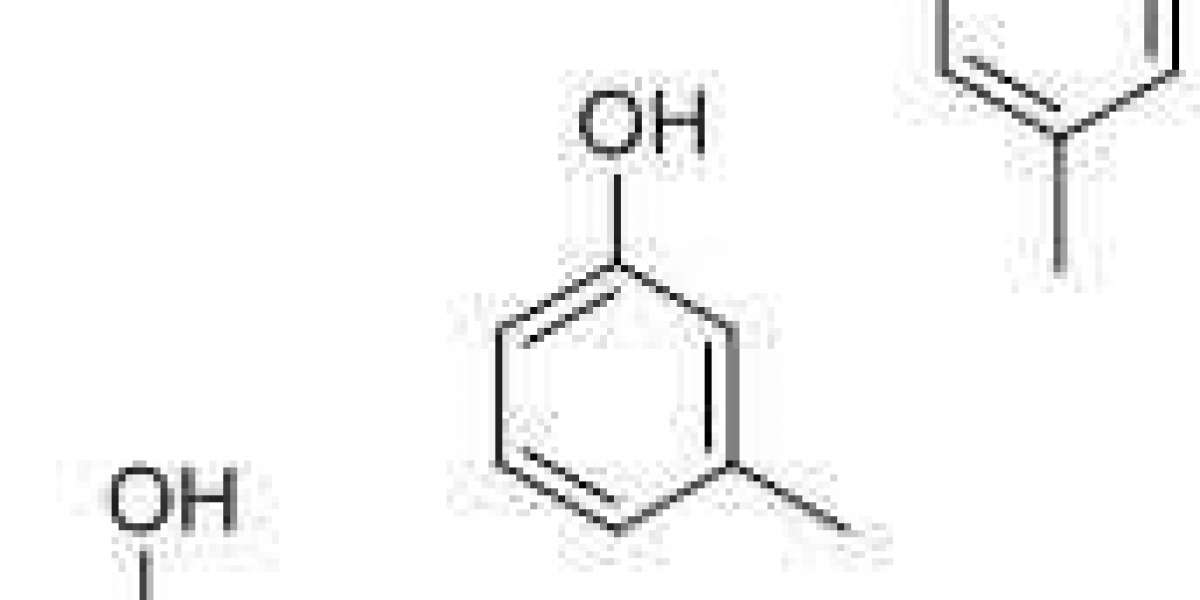Cresol (4-methylphenol), a 108.1 Da volatile low-molecular-weight compound, is a member of the large family of the phenoles. It is a partially lipophilic moiety which strongly binds to plasma protein (close to 100%) under normal conditions. cresol is metabolized through conjugation, mainly sulphation and glucuronization, but removal of the unconjugated cresol is, at least in part, via the urine. Therefore it is not surprising that this compound, together with several other phenoles, is retained when the kidneys fail.
Cresol is an end-product of protein breakdown, and an increase of the nutritional protein load in healthy individuals results in enhanced generation and urinary excretion. The serum cresol concentration in uraemic patients can be decreased by changing to a low-protein diet. Cresol is one of the metabolites of the amino acid tyrosine, and to a certain extent also of phenylalanine, which are converted to 4-hydroxyphenylacetic acid by intestinal bacteria, before being decarboxylated to cresol (putrefaction). The main contributing bacteria are aerobes (mainly enterobacteria), but to a certain extent also anaerobes play a role (mainly Clostridium perfringens). In uraemia, modifications in the intestinal flora result in the specific overgrowth of bacteria that are specific cresol producers. The administration of antibiotics reduces urinary excretion of cresol, as a result of the liquidation of the producing bacteria. Cresol in the intestine of uraemic rats can be adsorbed by the administration of the oral sorbant AST-120, resulting in a decrease of serum cresol. Gastric acid suppression by omeprazole promotes protein malabsorption and fermentation, resulting in an increase of cresol production and excretion.
Environmental factors might also contribute. The liver cytochrome P450 metabolizes toluene to benzyl alcohol, but also to o-cresol and cresol. Toluene is not only used industrially, but it is also the most widely abusively inhaled solvent. Furthermore, cresol is a metabolite of menthofuran, one of the metabolites of R-(+)-pulegone, which is found in extracts from the plants Mentha pulegium and Hedeoma pulegioides, commonly known as pennyroyal oil and pennyroyal tea. These extracts are popular as unconventional herbal therapeutic agents and are applied as abortiva, diaphoretics, emmenagogues, and psychedelic drugs. Pennyroyal oil is extensively used for its pleasant mint-like smell in the flavouring industry. The toxicity of pennyroyal oil and menthofuran is well known. Another compound used in traditional medicine, especially in Japan, which is a precursor of cresol is wood tar creosote. Because these compounds are freely available, they might contribute to the cresol burden of the uraemic patients, but there is no exact knowledge about the frequency and the intensity of this problem.







